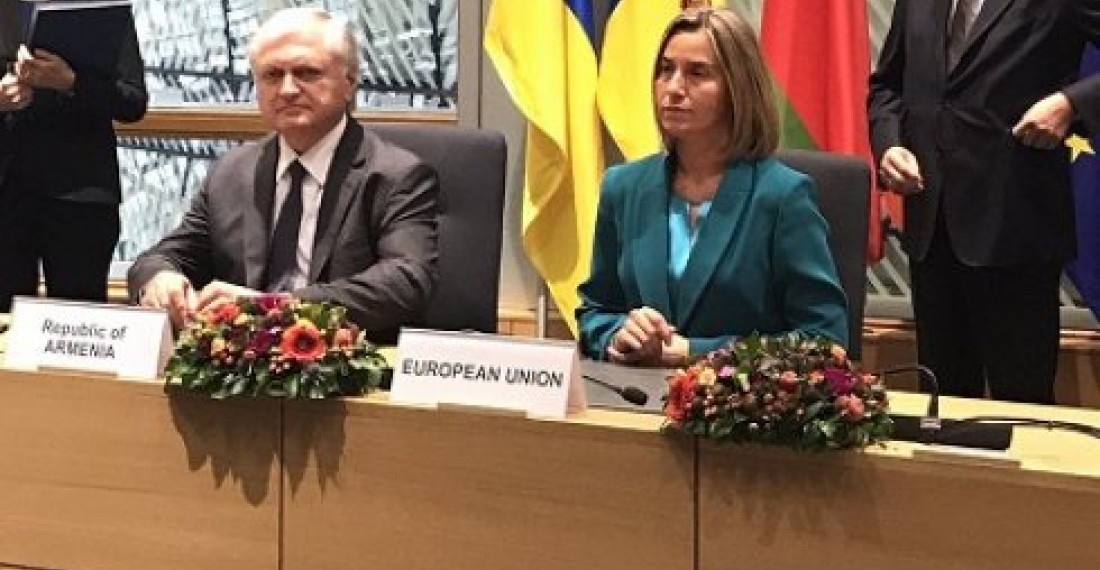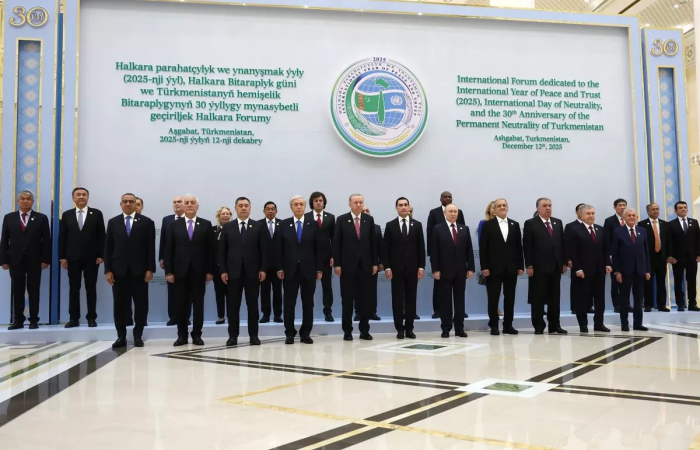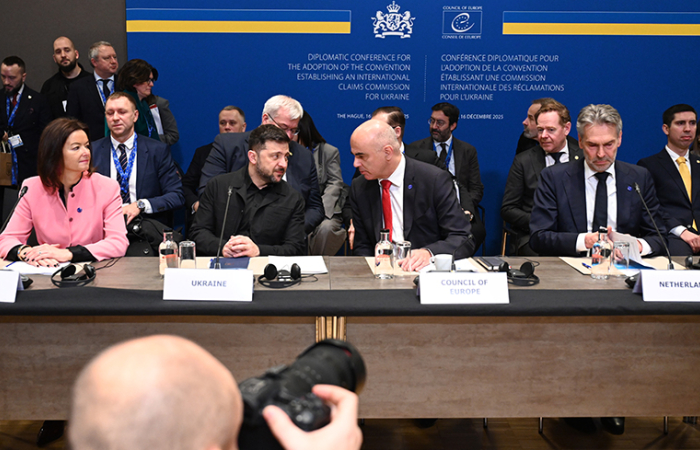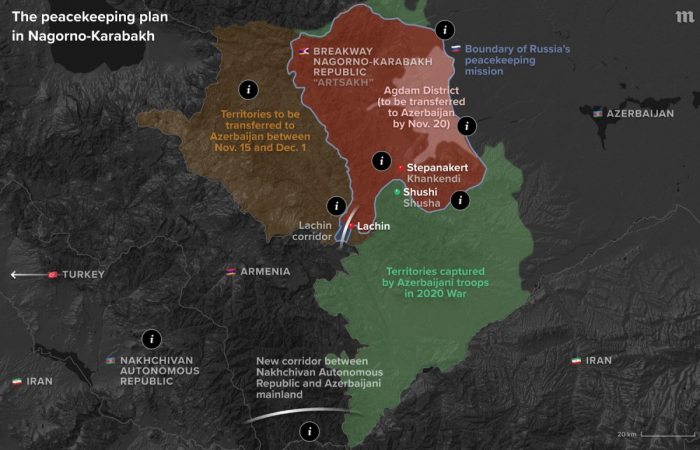Armenia, the European Union and Russia had more to gain than lose from the signing of the new Armenia - EU enhanced co-operation agreement. Paradoxically Armenia's membership of the EAEU was transformed from a liability to an asset during Yerevan's second attempt at negotiations with the EU, argues Benyamin Poghosyan in this op-ed.
On November 24, 2017 Armenia and EU signed a Comprehensive and Enhanced Partnership Agreement (CEPA) during the Eastern Partnership Brussels summit. The negotiations were launched in December 2015, and the agreement was initialed in March 2017. This was the second attempt to sign a new agreement between Armenia and EU. In 2010 - 2013 negotiations were held to elaborate an Association Agreement (AA), including the establishment of the Deep and Comprehensive Free Trade Area. They were successfully finished in summer 2013 but in September 2013 Armenia's decision to join Customs Union, and soon after to join as a full member of the Eurasian Economic Union made it impossible to sign the negotiated document as DCFTA was incompatible with Armenia's obligations within Customs Union. Armenia's suggestion to sign only the political part of the Association Agreement was rejected by the EU as Brussels perceived DCFTA as an inextricable part of the agreement.
Since late 2011 the Eastern Partnership member states (Armenia, Azerbaijan, Belarus, Georgia, Moldova and Ukraine) have been caught in the middle of Russia and the EU promoted integration projects - the Eastern Partnership with its offer of closer ties with the EU, and the Russian led Eurasian Economic Union (EAEU). It should be noted that for Russia the Eurasian Economic Union is another instrument to foment its institutional influence over the former soviet space. Russia views increasing control over post-soviet republics as vital for securing its core national interests, since arguably these territories may act as a buffer in countering alleged Western efforts to weaken or even dismantle Russia.
Meanwhile, the closer cooperation with EaP member states was never seen in the EU as a key foreign policy goal with a serious impact on the EU vital interests. The EU was interested in stability and prosperity in its eastern neighborhood, and the Association Agreements with DCFTA were perceived as effective tools to promote these goals through implementation of reforms, as envisaged in the agreements. Thus, Russia's and EU's perceptions on the importance of the region covered by EaP had key differences, with Russia ready and willing to allocate much more attention in furthering its interests there through diplomatic, economic and if necessary military tools.
Thus, when Armenia, having wide net of security and economic connections with Russia, was offered to enter Customs Union in September 2013, it had a choice either to decline Moscow suggestion which Russia most probably would perceive as a hostile action, or to disappoint the EU being not able to sign the negotiated AA with DCFTA. A simple cost-benefit analyzes made Armenia's choice obvious.
Ukraine faced the same dilemma a couple of months later, and Russia's tough reaction over the Euro-maidan revolution which brought into power forces ready to deepen cooperation with the EU was another proof of Russia's readiness to regain its influence over the Post -Soviet space through a combination of diplomatic, economic and military tools.
Armenia's decision to enter the Customs Union, as well as Ukraine events and f the ensuing crisis in EU - Russia relations made Armenia less relevant for the EU for a while. However, Armenia, along with Azerbaijan and Belarus, continued its membership in EaP, even after Ukraine, Moldova and Georgia signed Association Agreements in 2014. Since late 2014 it became clear that either EU should elaborate different policies towards different EaP member states, or to transform EaP into 3 state member states project. The European Neighborhood policy Review implemented in 2015 resulted in favor of the first approach.
In its turn, Armenia was keen to develop relations with the EU as a part of its efforts to pursue a relatively balanced foreign policy. EU financial support to Armenia was another key factor influencing Armenia's intentions to foster ties with EU.
Definitely, both the EU and the Armenian leadership had a clear understanding that any new EU - Armenia agreement should not contradict EAEU regulations. Meanwhile EU was eager to show that any state's strategic alliance with Russia is not perceived by Brussels as an obstacle to develop relations with the EU. Moscow also did not see any threats in new round of negotiations between EU and Armenia. Moscow was confident that any partnership agreement could not weaken its influence over Yerevan, and even more, Armenia - EU cooperation can be interpreted by Moscow as a proof of Moscow's tolerant attitudes towards the EU and rejection of Western claims that Russia is viewing its relationship with the West only through a "zero sum approach" prism.
Thus, Armenia's membership into EAEU paradoxically was transformed from liability to asset during Yerevan's new negotiations with the EU. All sides - Armenia, EU and Russia - had more to gain than lose from the signature of Armenia - EU new agreement. This explains Russia's calm reaction when CEPA was initialed in March 2017 and then signed a few days ago in Brussels.
There was some anxiety among the Armenian expert community when Armenian President visited Moscow and met with President Putin just few days before the Brussels summit, and during the visit of the Russian Foreign Minister to Yerevan on November 20-21. However, there were no signs that Russia had changed its position and was trying to thwart the signature of CEPA.
Definitely, Armenia is positioned to gain from CEPA. Yerevan will receive EU financial and technical support in its efforts to implement reforms in different spheres. CEPA will open an opportunity to start the Visa liberalization process.
Meanwhile, there is a decline in interest and involvement of Euro-Atlantic institutions and actors in the South Caucasus. The US has to deal with domestic political turmoil, to manage its relationship with China, to counter North Korea and elaborate a reasonable policy for the Middle East including its relations with Turkey and Iran. The EU is under Brexit pressure, and Brussels has to deal with the migrant crisis and the rise of nationalistic and populist political forces. Obviously, neither EU nor NATO are able or/and willing to offer membership perspective to Ukraine, Georgia and Moldova, thus making the AA as a maximum prize for pro Euro - Atlantic integration policies for EaP member states.
Meanwhile, Russia is consolidating its positions in the South Caucasus. The rapprochement with Turkey and Iran over the Syrian conflict will give Russia more flexibility in the region. The establishment of joint Russia - Armenia military unit in late 2016 is an example of growing Russian confidence in the South Caucasus. Thus, in geopolitical terms CEPA has little chances to bring about substantial changes for Armenia and for the South Caucasus in foreseeable future.
Source: Dr. Benyamin Poghosyan is the Executive Director of the Political Science Association of Armenia. He contributed this op-ed to commonspace.eu
Photo: Armenian Foreign Minister Eduard Nalbandian, and EU High Representative, Federica Morgherini at the signing of the new Armenia-EU agreement in Brussels on 24 November 2017 (picture courtesy of the European External Action Service)






